

James Wong
2026 Nissan Ariya review
3 Days Ago
The new Volkswagen Tiguan is here, and it's a solid medium SUV that hits almost every mark – but it's still more expensive than most rivals.
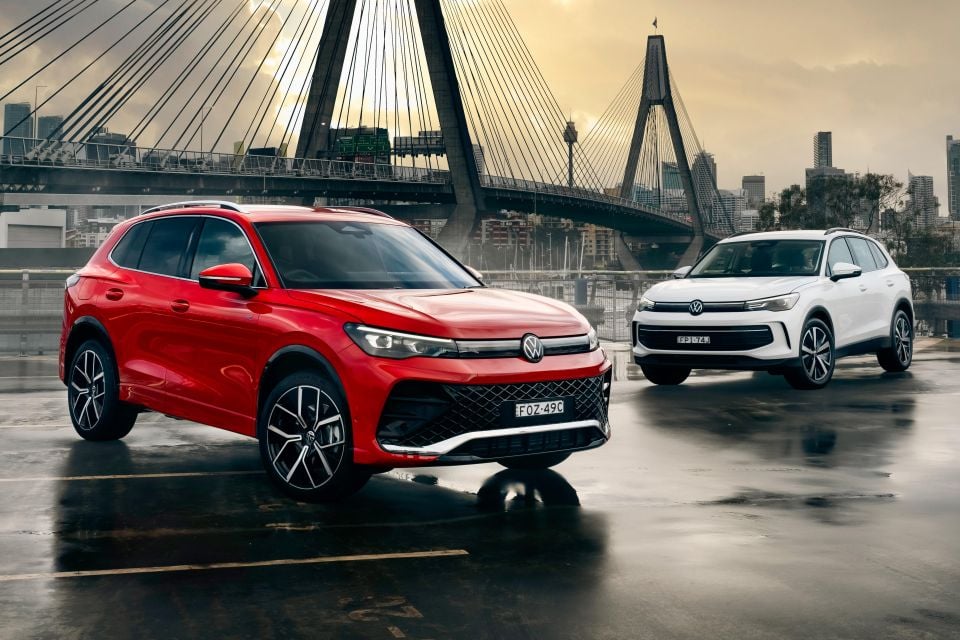


Quickly see how this car stacks up against its competition. Select any benchmark to see more details.
Where expert car reviews meet expert car buying – CarExpert gives you trusted advice, personalised service and real savings on your next new car.
Volkswagen Australia has launched the third-generation of the Tiguan, bringing new life to a mid-size SUV that has continued to be a sales favourite for the German auto brand.
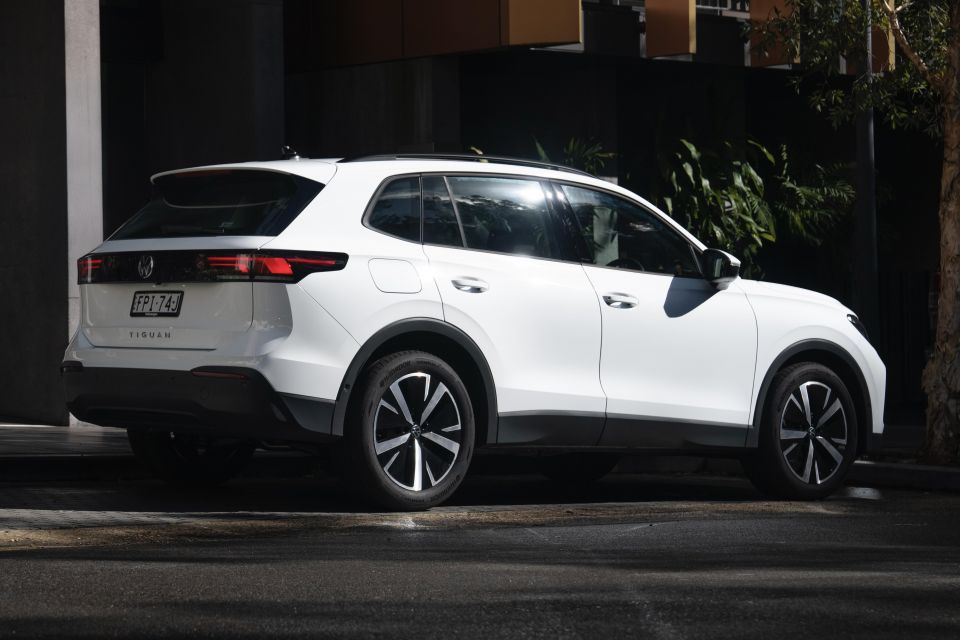
Now on sale here following its European release in late 2023, the new Tiguan brings a greater focus on value and attainable luxuries, resulting in price shifts across the board and some substantial tweaks to the available powertrains, now comprising a trio of turbocharged four-cylinder petrol engines.
This is evident in the $1000 increase to the Tiguan’s entry price, and the addition of 150TSI and 195TSI 2.0-litre engines. The 150TSI serves as an indirect successor to the popular 162TSI of the previous generation, bringing a price cut of $4600 for the respective R-Line spec.
Remaining at the bottom of the range is the 110TSI engine, which is now available in two grades thanks to the addition of a 110TSI Elegance variant alongside the base Life. But the mid-range 132TSI is no more.
Also gone, at least for no,w is the full-fat Tiguan R performance flagship, which may or may not be renewed for this third generation.
Also missing is the Tiguan Allspace, the long-wheelbase three-row version of the previous model that will be replaced by the incoming Tayron. Volkswagen Australia has been dismissive of importing the mild-hybrid and plug-in hybrid powertrains available for both models overseas, instead sticking with the three petrol engines for each.
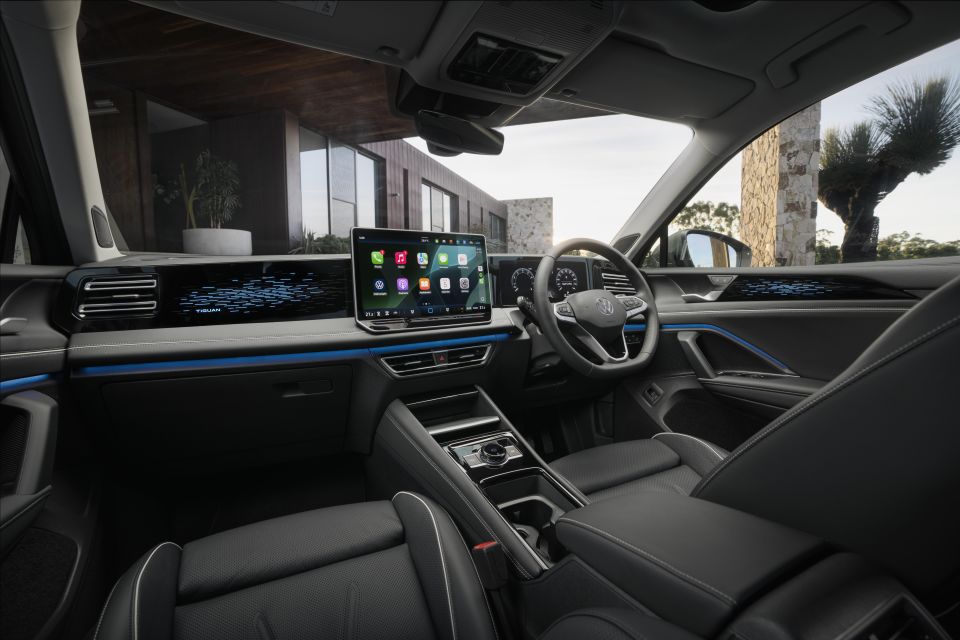
Regardless, the German brand has high hopes for the new Tiguan, which will once again compete in Australia’s most crowded market segment: mid-size SUVs. Players in this category include the Toyota RAV4, Subaru Forester, Mazda CX-5, and Nissan X-Trail, along with several others from Korea and China.
Volkswagen will be hoping the new Tiguan can turn around last year’s sales figure of 4582, which was down from 7298 in 2023 and comprehensively beaten by all of the rivals listed above – even if you include the larger seven-seat Allspace.
The regular Tiguan was still Volkswagen Australia’s third-best selling model last year, and the German brand’s second most popular SUV or passenger vehicle behind the T-Roc small SUV (and the top-selling Amarok ute).
Volkswagen invited us to drive the new Tiguan range at its national media launch in Adelaide recently, where all three engines were on hand for testing. Are the changes just what the doctor ordered?
Prices have shifted across the board, and the range now opens at $44,990 before on-roads after a $1000 bump.
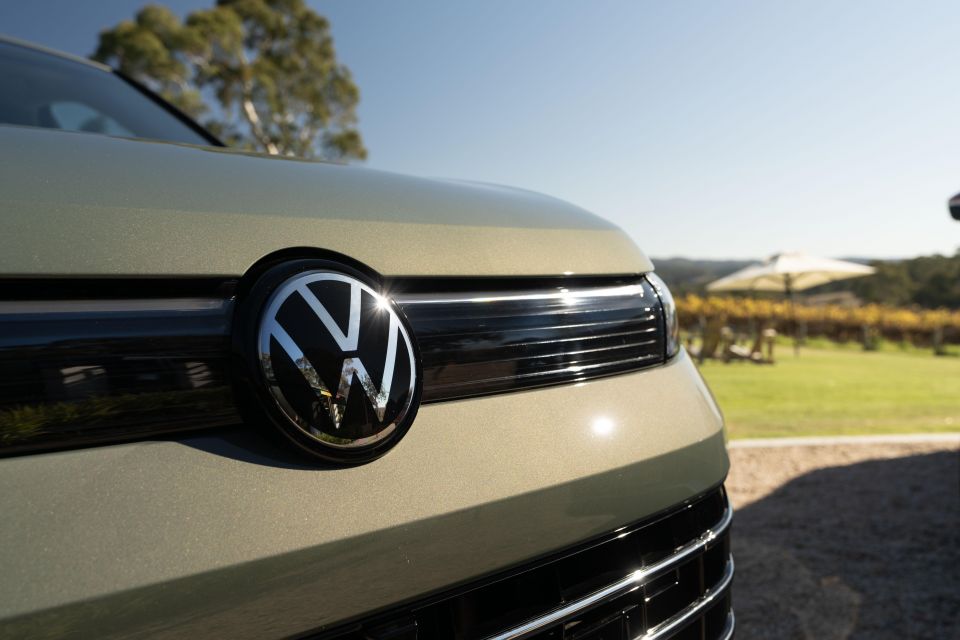
| Model | Price before on-road costs |
|---|---|
| 2025 Volkswagen Tiguan 110TSI Life | $44,990 |
| 2025 Volkswagen Tiguan 110TSI Elegance | $50,690 |
| 2025 Volkswagen Tiguan 150TSI R-Line | $55,990 |
| 2025 Volkswagen Tiguan 150TSI Elegance | $60,690 |
| 2025 Volkswagen Tiguan 195TSI R-Line | $70,490 |
The 150TSI R-Line is down $4600 on the 162TSI R-Line of old, while the 150TSI Elegance is $3600 more expensive than its 162TSI predecessor. There’s no Tiguan R anymore, bringing the price down by $3300 at the top of the range.
As a contender in Australia’s most populated new vehicle segment, the Tiguan has at least seven direct competitors – as outlined by Volkswagen Australia itself.
These include the top-selling Toyota RAV4, as well as the Mazda CX-5, Subaru Forester, Nissan X-Trail, Honda CR-V, Hyundai Tucson, and Kia Sportage. The Tiguan is more expensive than all of those rivals at the bottom of the range.
It also lacks any form of hybridisation, something available with all of the above rivals except the CX-5.
To see how the Volkswagen Tiguan stacks up against its rivals, use our comparison tool
Buy your new car without the stress. It's fast, simple and completely free.

Great service from Travis and team, second time I have used this business would not hesitate to recommend them to anyone
Craig C.
Purchased a Ford Ranger in Sunshine Coast, QLD
CarExpert helped Craig save $7,224 on his Ford Ranger, now let us save you on your next new car.
Get your BEST priceVolkswagen has taken a heavy-handed approach to simplifying the Tiguan’s cabin, which is now more sparse than ever before.
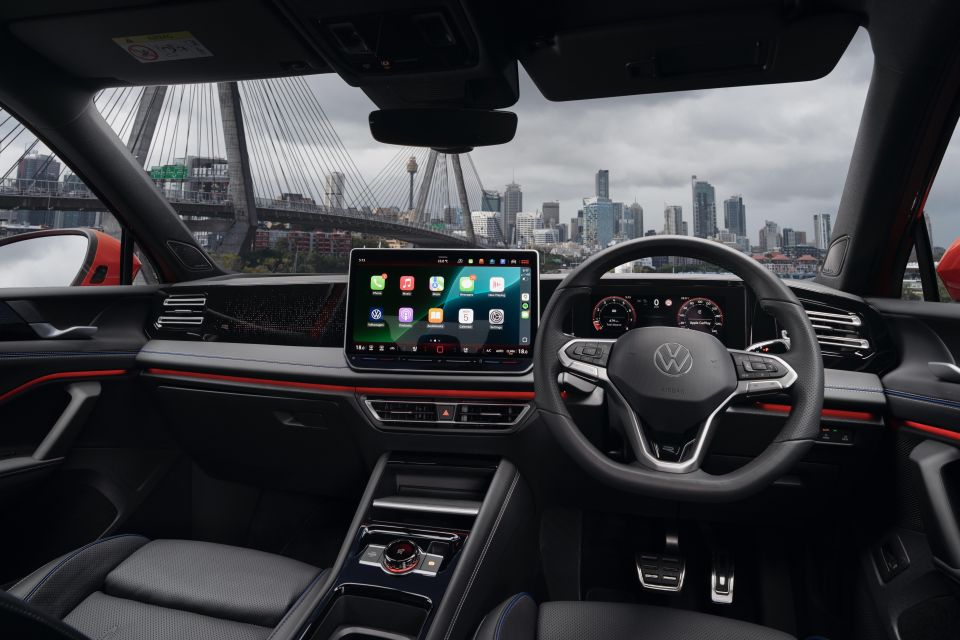
Gone are the majority of physical buttons. Instead, everything is primarily controlled using the central infotainment touchscreen or the single dial on the centre console, with steering wheel buttons there to help.
That dial is multi-function and has been tasked with several controls, including audio volume and drive modes. It can be a little confusing to get up to speed with this setup at first, especially as most inputs are illustrated on the small screen on top or by temporary widgets on the infotainment display.
It is possible to control some functions here by using the dial’s display as a touchscreen, but you’ll be physically turning it most of the time. On either side are two dull plastic buttons, one to start the engine and the other to engage the e-brake.
Surrounding it all are swathes of gloss-black plastic, which is easy to scratch and smudge. It’s all very similar to the cabin of the larger Touareg SUV, which is intentional. Volkswagen says the new Tiguan interior is supposed to look like a smaller version of the cabin in its flagship SUV.
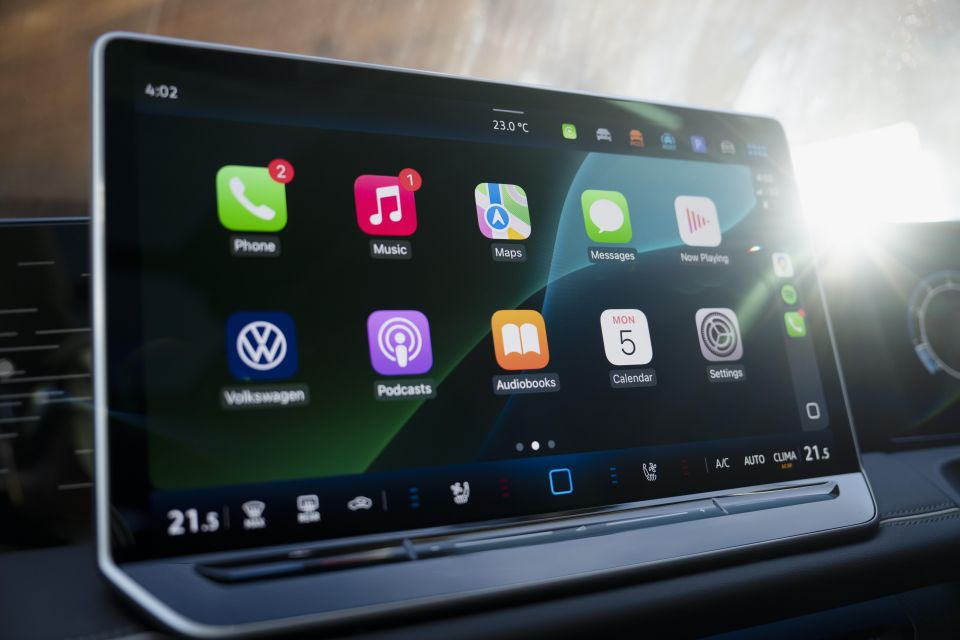
In front of the dial is a unique flap, which is rubberised on top. Underneath are two USB-C ports and a ventilated wireless charger, and the flap is intended to both guide the air flow to keep phones cool and also keep screens covered to minimise distractions.
That’s despite the infotainment screen above, which is colossal regardless of the variant. 110TSI variants get a 12.9-inch unit, while all trim levels above the 150TSI Elegance upgrade that to a monolithic 15-inch display.
The screen is bluntly glued to the dashboard instead of integrated into its overall design like in the Touareg. That means it’s right in front of your face, which makes it a little easier to operate the climate control system in particular.
There’s an ‘always-on’ ribbon at the bottom of the screen, as well as a few haptic sliders for temperature and fan speed. As has been the case in other modern Volkswagen products, we don’t love this approach and find it to be too finicky.
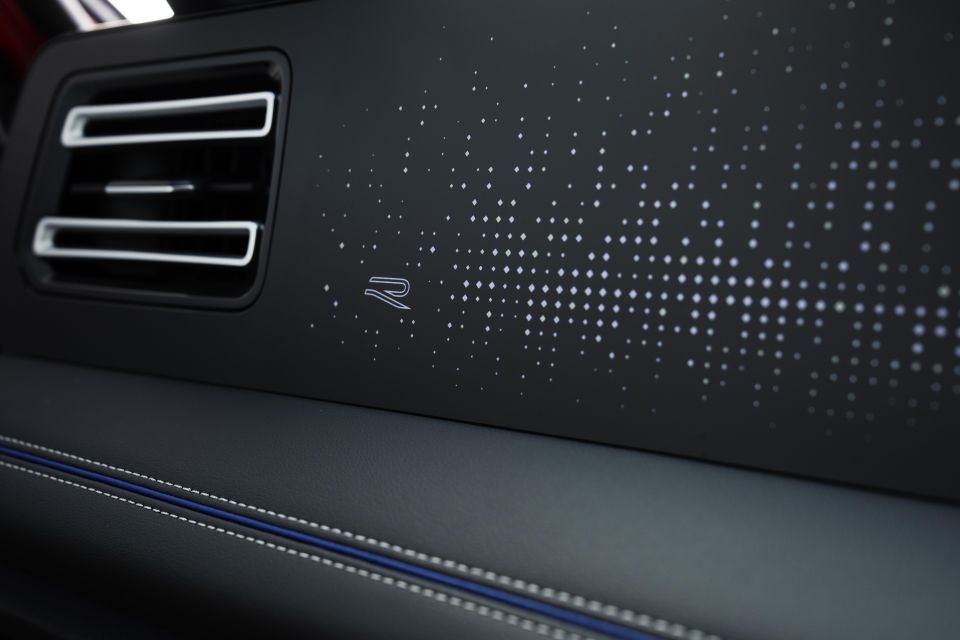
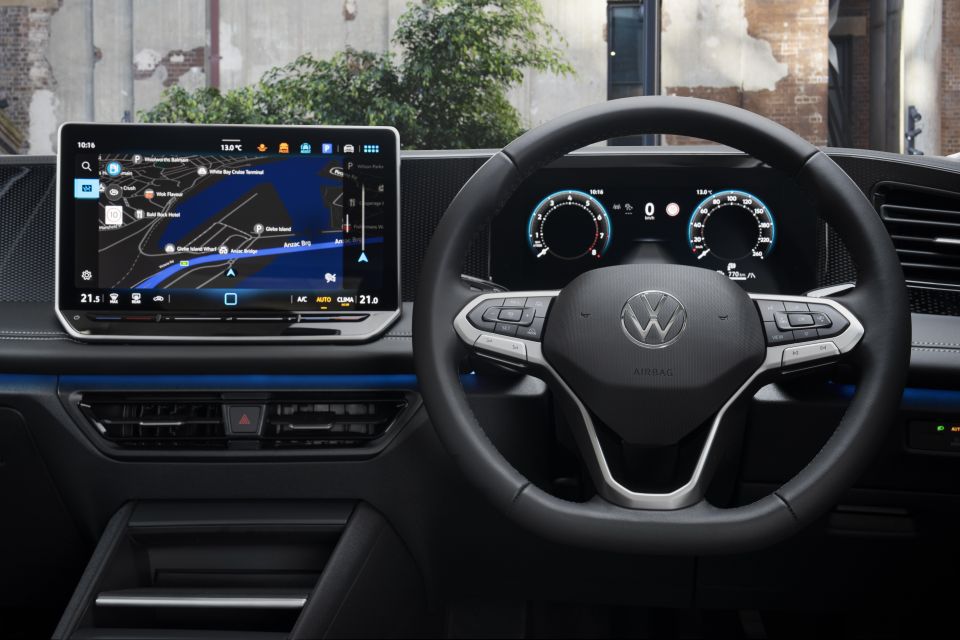
It’s especially jarring given that the previous Tiguan did have a physical climate interface, and more physical buttons in general.
Do we appreciate the inclusion of wireless Apple CarPlay and Android Auto as standard, while there are several shortcuts up top to help navigate through the numerous settings menus.
Carried over from the previous-generation Tiguan is the steering wheel, which still looks the part with its angular spokes, gently squashed bottom edge, and aggressive cut-outs at nine and three o’clock.
You still get perforated leather at these touch points, while the large diameter feels nice in the hands. Volkswagen has kept its word and re-added plastic buttons and switches on the steering wheel, which all operate reliably and are much nicer to use than the haptic buttons of old.
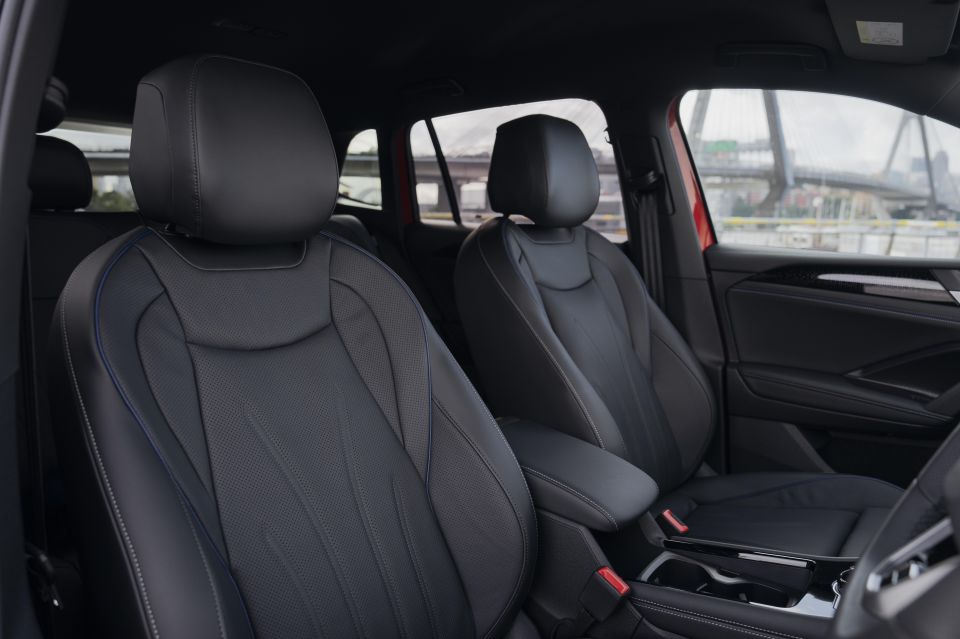
The gloss-black plastic that was once here is now also gone. It’s hard to argue there isn’t a cohesive ambience to the new Tiguan’s interior, which is supported by the swish dashboard design and generous soft surfaces in higher grades.
Ahead of the steering wheel is a 10.25-inch digital instrument cluster as standard across the range. It’s crisp while offering a small range of customisation and plenty of information, which can be navigated using the buttons on the right side of the steering wheel.
It’s nicely incorporated into the flat panel that runs the width of the cabin, creating a satisfying visual flow. It’s also accented by a leather piece below, though additional padding around the knees is reserved for more expensive trims.
Similar things can be said for the seats, which change depending on the variant. They’re all comfortable, with the 150TSI Elegance and 195TSI R-Line getting sportier pews with nicer materials and beefier bolstering.
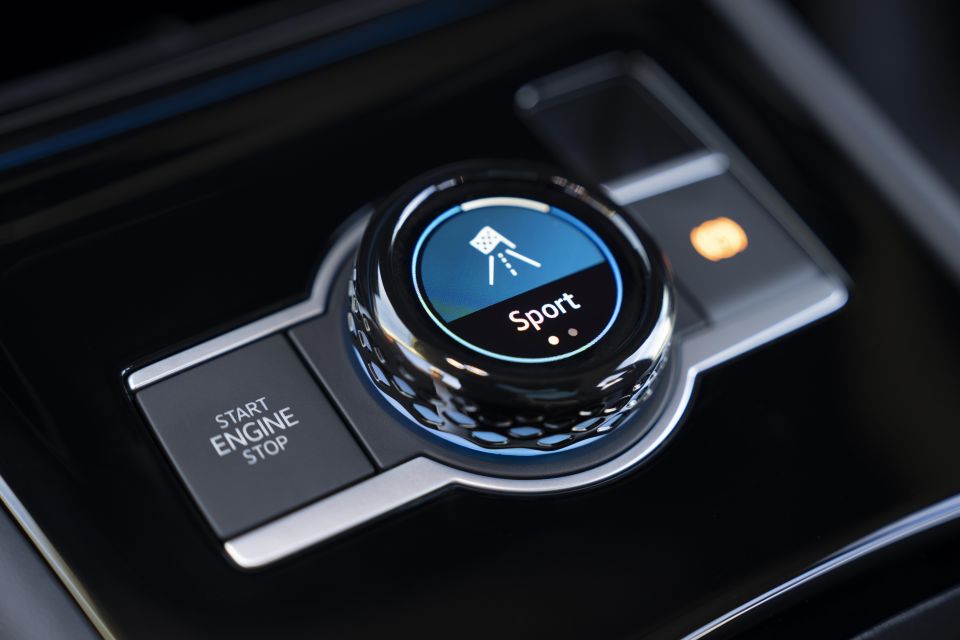
These are supported by strong ergonomics and soft armrests on either side, while the centre console lid can ratchet to offer different armrest heights, which is rare and very handy.
But I did feel there wasn’t quite enough travel in the steering wheel reach adjustment to get into a perfect position, but it’s by no means awkward.
A disappointing omission is powered seat adjustment for the 150TSI R-Line, as it’s only offered with the 150TSI Elegance and 195TSI R-Line. It’s not difficult to get sorted and we like the sporty R-Line-specific seats, but it’d be nice to have this in a model wearing a top-spec badge.
Storage options up front include the aforementioned phone charger flap, bottle holders in the doors, and two central cupholders. These can be moved to sit under the armrest instead, and they’re interchangeable with two moveable dividers.
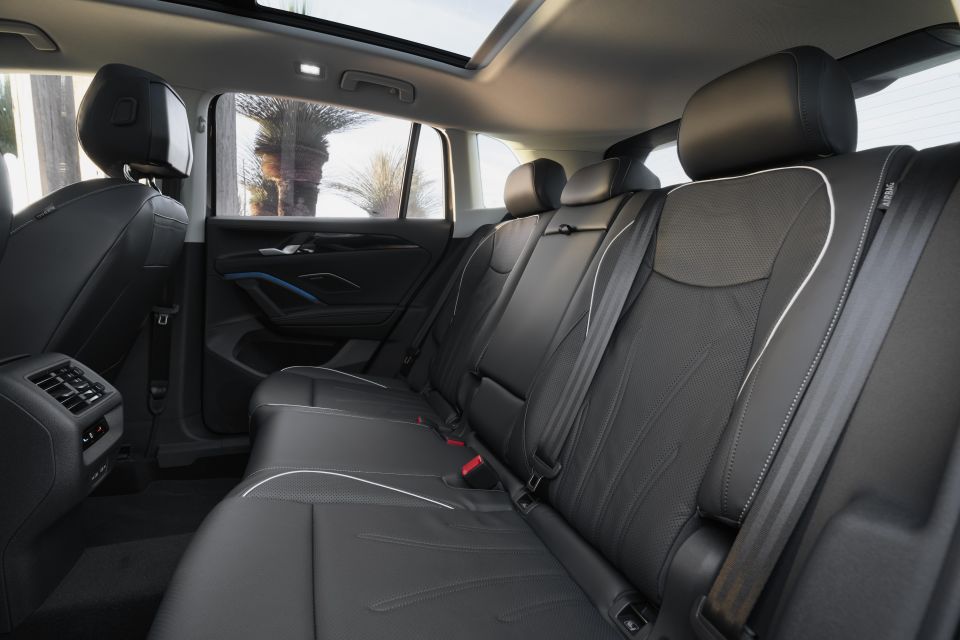
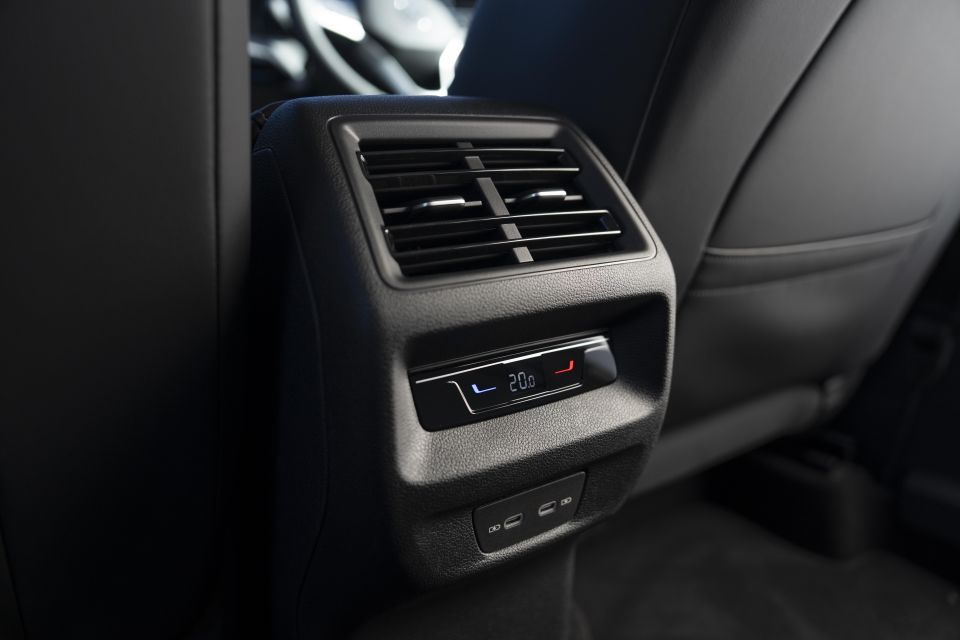
The Tiguan’s second row is spacious and comfortable, with a decent amount of headroom. You’re also unlikely to run into issues with legroom, but expect to slide around if you’re sitting in the back of the 195TSI R-Line because of its flat bench seat.
Creature comforts back here are minimal, but you do get a dedicated climate control panel and two rear-facing air vents on the back of the centre console. It’s a heavily stripped-back setup, but functional all the same.
There’s a fold-down centre armrest, but with no cut-outs for cupholders. Instead, there’s an extendable plastic piece fitted to the armrest’s leading edge, which folds out to reveal two cupholders.
Additionally, you’ll find small pouches on the front seatbacks that can fit little odds and ends like phones. There are also bottle holders in the doors.

The Tiguan offers a sizeable boot, with a decently sized opening and a long floor. There’s a small drop from the bottom of the opening to the floor, but there’s a piece of durable plastic to allow you to slide things up and in.
Volkswagen states cargo capacity measured to the Tiguan’s window line, giving it a massive 652 litres with the rear seats in place. On paper, this is more than in the CR-V (589L) and X-Trail (585L), but only if they are comparable measurements.
You’ll also find two storage nooks on either side, and lifting the cargo floor reveals a space-saver spare wheel regardless of the trim level.
It is a LingLong-branded spare, which seems an interesting choice given the Continental rubber fitted to the 195TSI in particular, but a physical spare of any size is still far preferable to a tyre repair kit.
| Dimensions | Volkswagen Tiguan |
|---|---|
| Length | 4539mm |
| Width | 1842mm |
| Height | 1659mm |
| Wheelbase | 2681mm |
| Cargo capacity | 652L (rear seats up, to roof) 1650L (rear seats folded, to roof) |
To see how the Volkswagen Tiguan stacks up against its rivals, use our comparison tool
Three engines are available across the Tiguan range from launch, though Australia seems unlikely to gain the hybrid versions offered overseas.
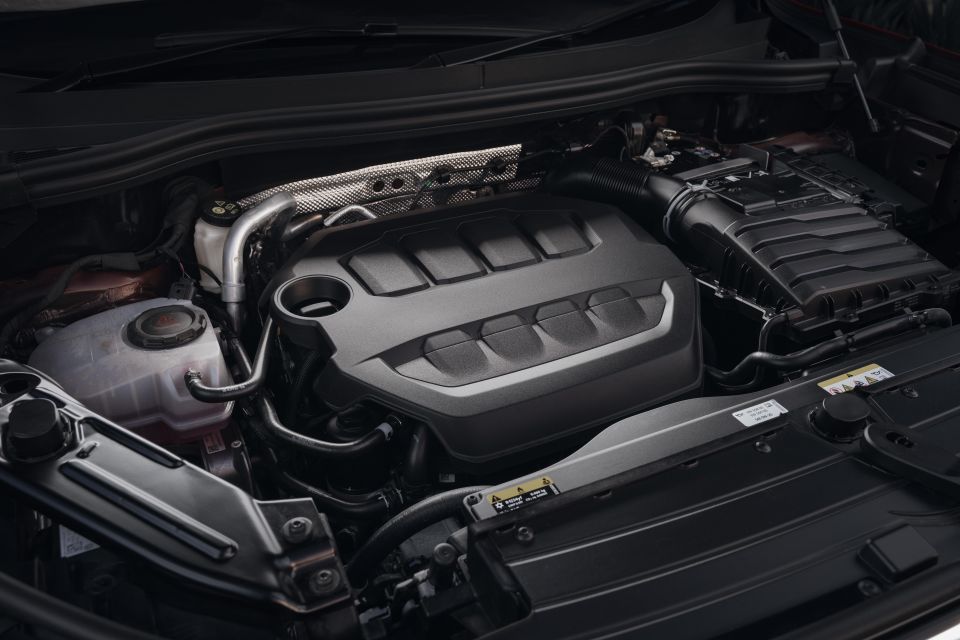
| Specifications | Tiguan 110TSI | Tiguan 150TSI | Tiguan 195TSI |
|---|---|---|---|
| Engine | 1.4L 4cyl turbo-petrol | 2.0L 4cyl turbo-petrol | 2.0L 4cyl turbo-petrol |
| Power | 110kW | 150kW | 195kW |
| Torque | 250Nm | 320Nm | 400Nm |
| Transmission | 7-speed dual-clutch auto | 7-speed dual-clutch auto | 7-speed dual-clutch auto |
| Drive type | Front-wheel drive | All-wheel drive | All-wheel drive |
| Tare mass | 1603kg | 1758kg | 1745kg |
| 0-100km/h (claimed) | – | 7.1s | 5.9s |
| Fuel economy (claimed) | 7.6L/100km | 7.6L/100km | 8.5L/100km |
| Fuel tank capacity | 55L | 58L | 58L |
| Fuel requirement | 95-octane premium | 95-octane premium | 95-octane premium |
| CO2 emissions | 173g/km | 173g/km | 194g/km |
| Emissions standard | Euro 6 | Euro 6 | Euro 6 |
| Braked tow capacity | 1800kg | 2300kg | 2300kg |
We didn’t get enough time in any one Tiguan to record a representative real-world fuel economy figure on Volkswagen’s local launch.
Even though the 150TSI offers less outright power than the 162TSI of old, its claimed 0-100km/h sprint time is just 0.1 seconds slower. The 195TSI’s sub-6.0-second time is 0.8 seconds behind the old 235kW Tiguan R’s, but 1.1 seconds ahead of the old 162TSI’s.
The 195TSI R-Line is not a direct successor to the Tiguan R, but it is the new flagship in lieu of a new R for now.
To see how the Volkswagen Tiguan stacks up against its rivals, use our comparison tool
As a model with three different powertrains and trim levels to suit different use cases, it’s understandably a mixed bag.
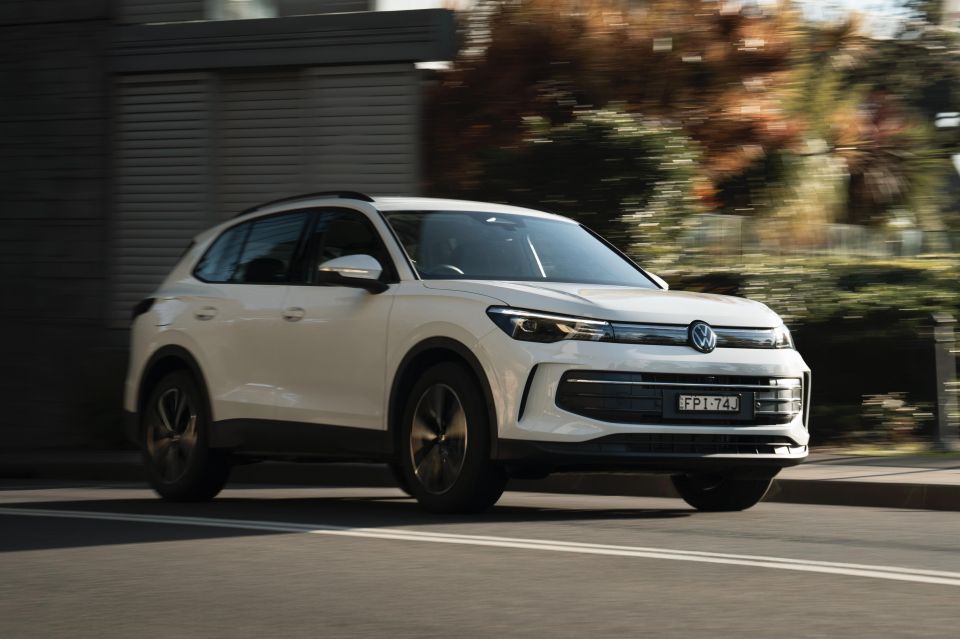
We’ll start at the bottom with the 110TSI engine, which has been carried over from the previous generation. It’s the same engine and suspension setup for both the Life and the Elegance, with the main differences coming from the interior finishings between each variant.
That means you get an engine that, to put it bluntly, isn’t anything special. It’s simply a low-output motor intended to move this family SUV in a relatively timely fashion, without being too flashy or raucous.
That’s not to say it’s slow, but it’s definitely the budget-minded, fleet-friendly pick of the litter here. The same can be said for its ride quality, which isn’t remarkable but is solid enough to remain comfortable for daily commuting – not to mention more stable around turns than a lot of its heavier rivals.
There are limitations due to the front-wheel drive setup, even if the average motorist likely won’t even notice that unless they mash the throttle from a standstill on a rainy day. Cars with the 110TSI engine also ride on more economical tyres with less grip.

Where expert car reviews meet expert car buying – CarExpert gives you trusted advice, personalised service and real savings on your next new car.
Moving up the 150TSI Elegance and R-Line models brings 4Motion all-wheel drive, as well as Volkswagen’s DCC Pro adaptive suspension system. The difference is noticeable, and in simple terms you’ll feel a much more refined ride that can soak up bumps with confidence.
Adjusting drive modes will stiffen or soften the suspension as needed, with the sharper Sport modes allowing the car to hunker down and hustle around the bends. It was interesting to us how the limitation of the 150TSI Elegance in particular was its tyres, which seemingly couldn’t bite into the road as needed.
The 150TSI engine brings a healthy power boost and hits a sweet spot between efficiency and performance. But despite being used for a warm-ish R-Line trim, the engine isn’t meant to be a performance option.
Instead, it produces a decent push in the back and, coupled with AWD, should be more than enough to keep most drivers out of trouble and offer more driving satisfaction to keener operators.
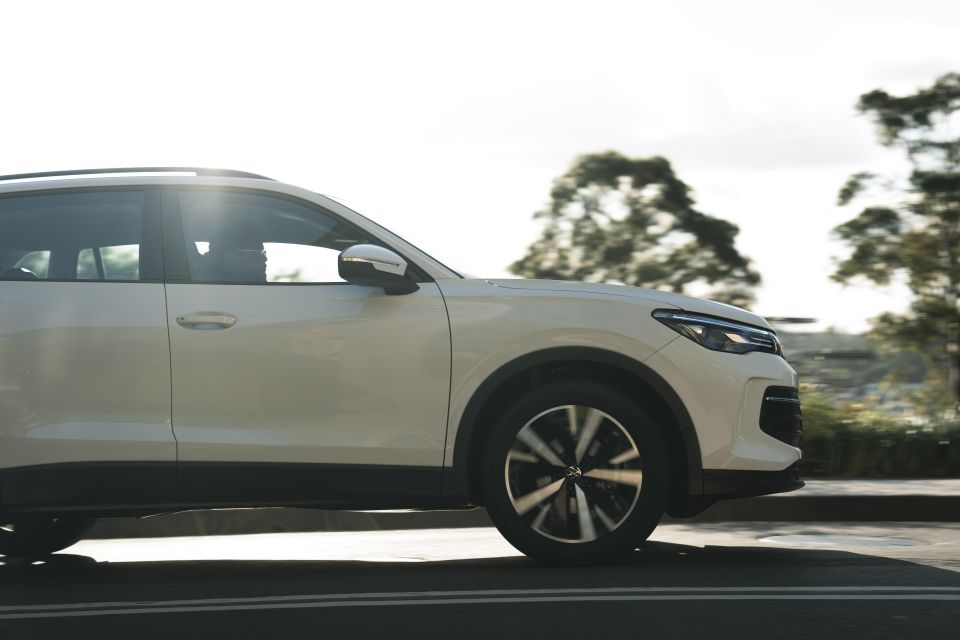
The 195TSI then brings the best of the new Tiguan, but stops short of offering ‘real’ R performance. Its engine is satisfyingly quick, and jumping into it from even the 150TSI brings a nice upgrade.
You still get the same DCC Pro adaptive damping, but this top-spec R-Line benefits from high-end Continental rubber that makes the Tiguan feel glued to the road. It better leverages the strong chassis underneath, giving you the confidence of a much smaller car.
Unsurprisingly, the 195TSI R-Line is therefore the most complete package, and the one that serves best as a faster commuter and satisfying corner-carver, while maintaining the practicality of an SUV.
All Tiguans get the same seven-speed dual-clutch automatic transmission, which now boasts wet-clutch design. This makes it smoother in low-speed traffic situations with all engines, while still snappy enough to harness the 195TSI in more spirited driving.

Also unique to R-Line trims is a dedicated progressive steering setup, making it incredibly nimble and responsive to rapid changes in direction. This plays a big part in how confidence-inspiring the 195TSI R-Line feels on the road.
All Tiguan grades allow you to select manual mode and use the steering wheel paddles to change gears. Volkswagen’s DSG has always been responsive to manual inputs, and that’s no less apparent here – it’s well-behaved even in automatic Sport mode, but manual gives you that little bit of extra control.
Also standard across the range is a comprehensive suite of safety gear. Fortunately, no annoying beeps crop up for speed limits or the like, but you will get some intervention if you stray too close to lane markings around bends.
You also get driver aids like adaptive cruise control as standard, which surprised us in its ability to hold a set speed while keeping situated around bends.

Our only gripe with the Tiguan’s safety systems was that its surround-view camera took a short while to load up when selecting reverse. This is likely no more than a software issue, but regardless of the trim level I found it wouldn’t turn on until I had already parked using the mirrors.
All Tiguans we drove also produced a bizarre noise from the front-end when under steering load, almost like a spring binding while compressing the shocks and turning the wheels, although it didn’t make any of the cars feel unstable.
Beyond those minor niggles, the Tiguan presents a strong dynamic package overall. For some, the 110TSI Life and 195TSI R-Line may offer too little and too much respectively as the bookends of the range, but the 150TSI Elegance certainly gives you the best of both worlds.
That said, the top-spec R-Line brings this classy medium SUV as close as it gets to an oversized Golf GTI.
To see how the Volkswagen Tiguan stacks up against its rivals, use our comparison tool
There are three distinct trim levels for the Tiguan, and the top two are available with two engines each.
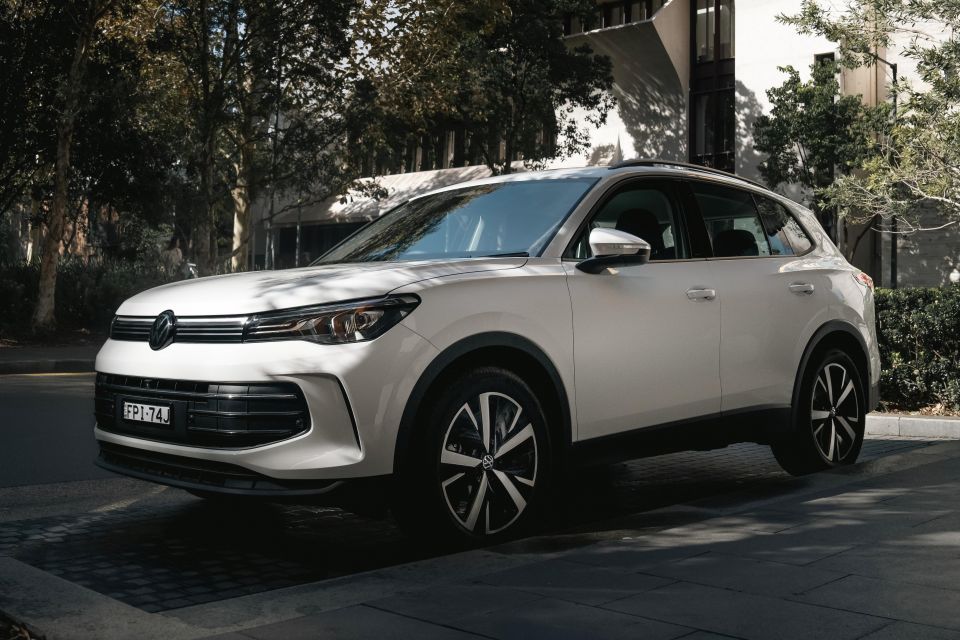


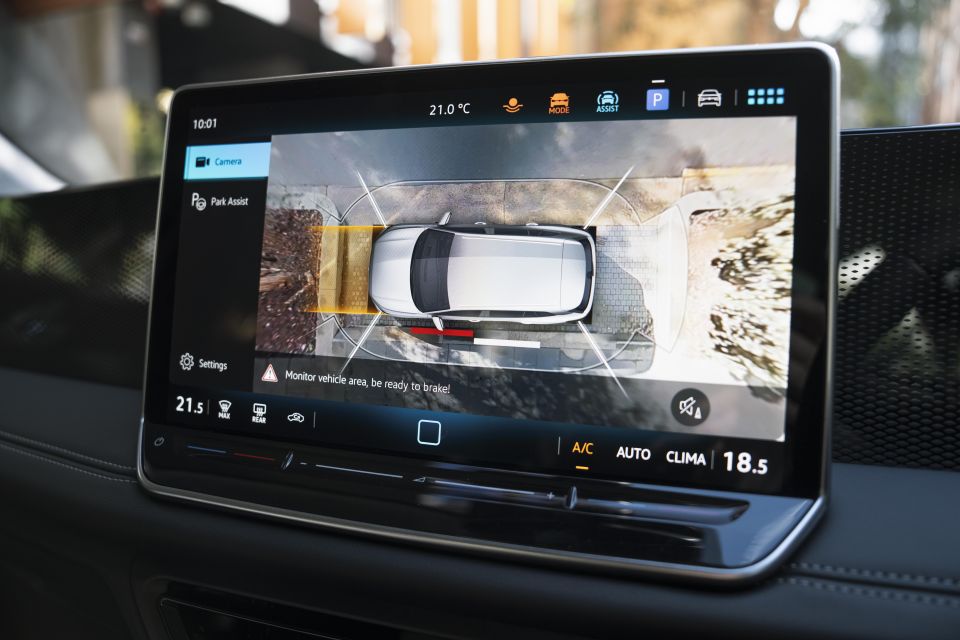
2025 Volkswagen Tiguan 110TSI Life equipment highlights:
Tiguan 110TSI Elegance adds:
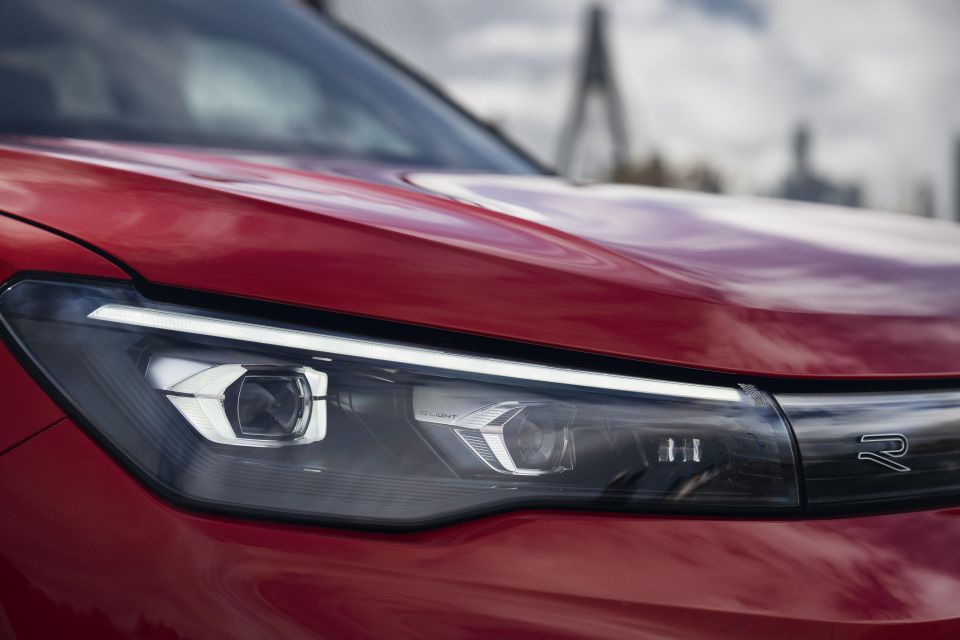
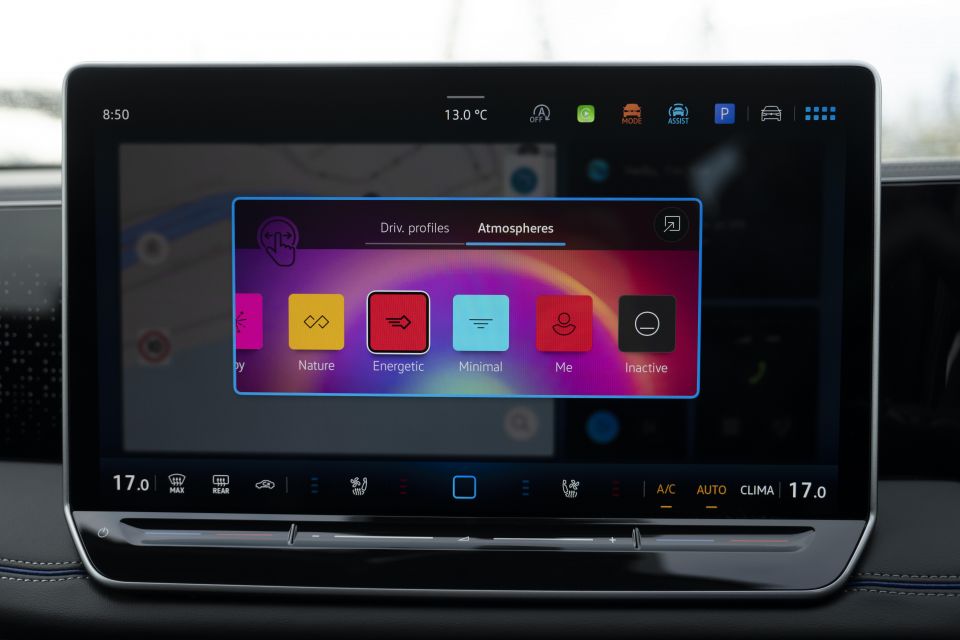
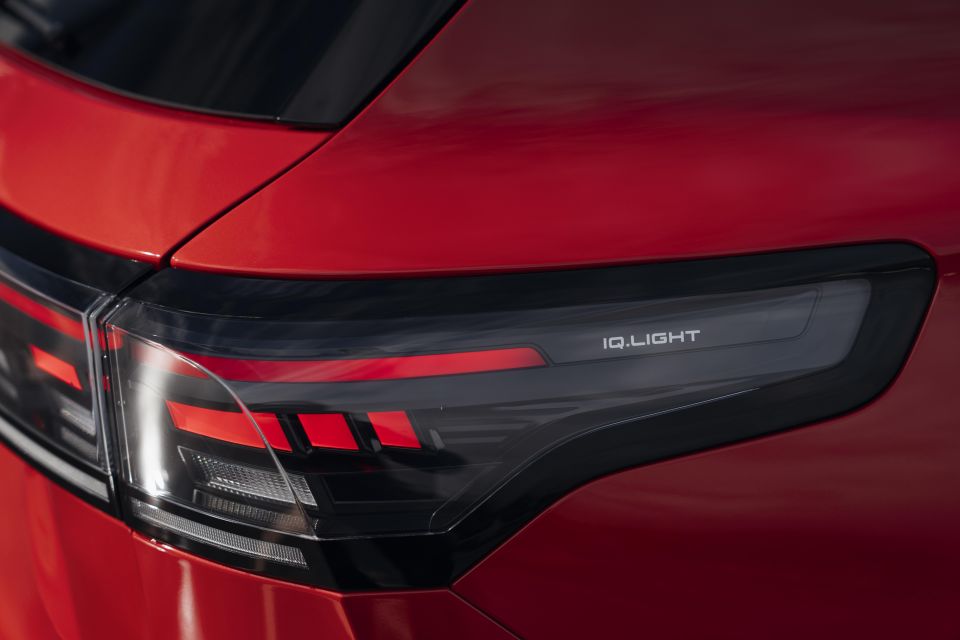

Tiguan 150TSI R-Line adds (over 110TSI Life):
Tiguan 150TSI Elegance adds (over 110TSI Elegance):
Tiguan 195TSI R-Line adds (over 150TSI R-Line):
To see how the Volkswagen Tiguan stacks up against its rivals, use our comparison tool
The latest Volkswagen Tiguan has a five-star ANCAP safety rating based on testing conducted by Euro NCAP in 2024.
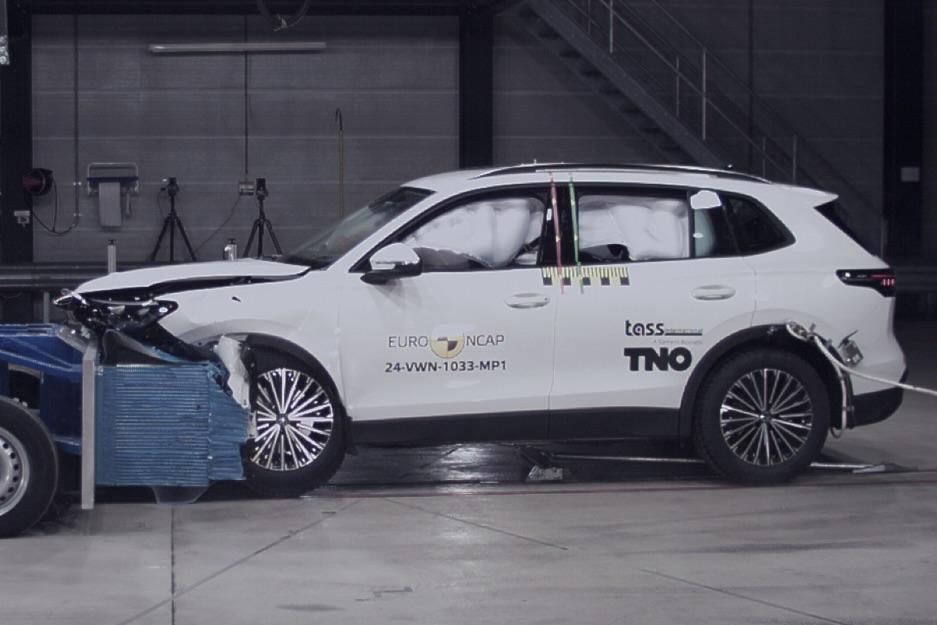
| Category | Volkswagen Tiguan |
|---|---|
| Adult occupant protection | 83 per cent |
| Child occupant protection | 88 per cent |
| Vulnerable road user protection | 84 per cent |
| Safety assist | 78 per cent |
Standard safety equipment includes:
To see how the Volkswagen Tiguan stacks up against its rivals, use our comparison tool
Volkswagen Australia backs its cars with a five-year, unlimited-kilometre warranty. Servicing for the Tiguan is required every 12 months or 15,000km, whichever comes first.

| Servicing and Warranty | Volkswagen Tiguan |
|---|---|
| Warranty | 5 years, unlimited kilometres |
| Roadside assistance | 12 months |
| Service intervals | 12 months or 15,000km |
| Service plans | 3 years ($1589 for 110TSI, $1899 for 195TSI) 5 years ($2880 for 110TSI, $3500 for 195TSI) |
A five-year Care Plan – so-called by Volkswagen – includes a free first service, though no pricing has been confirmed for the 150TSI engine. Volkswagen Australia has yet to outline individual servicing prices for the new Tiguan.
To see how the Volkswagen Tiguan stacks up against its rivals, use our comparison tool
Buy your new car without the stress. It's fast, simple and completely free.

Great service from Travis and team, second time I have used this business would not hesitate to recommend them to anyone
Craig C.
Purchased a Ford Ranger in Sunshine Coast, QLD
CarExpert helped Craig save $7,224 on his Ford Ranger, now let us save you on your next new car.
Get your BEST priceThe new Tiguan is a strong evolution of Volkswagen’s popular mid-size SUV formula, and one that doesn’t do a whole lot wrong.
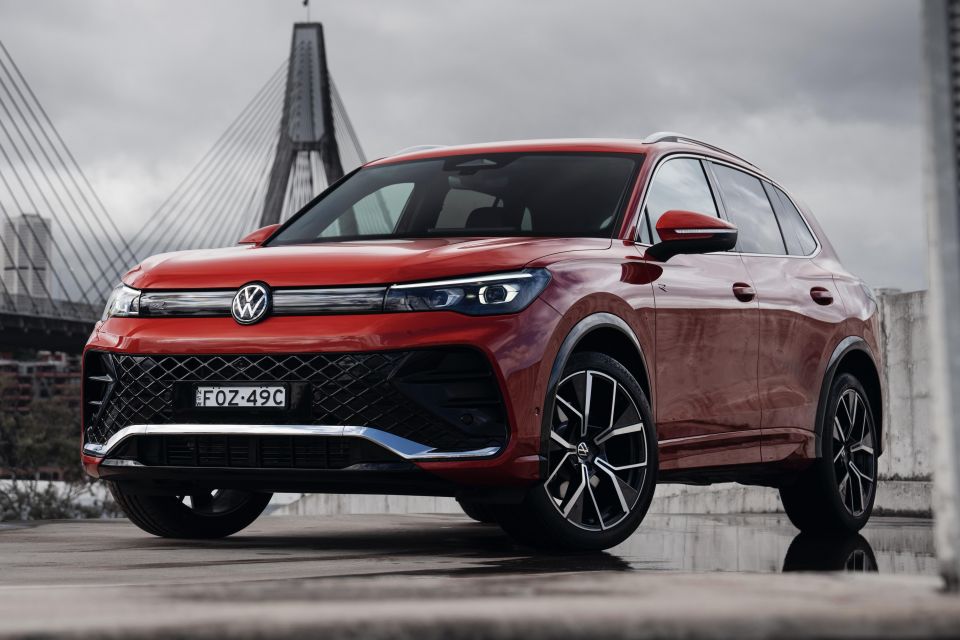
Positives include the variety of engines on offer, which should provide all buyers with something that will fit them well. They can also rest assured they’ll get decent ride comfort, as well as a competent transmission that’s common across all Tiguans.
It’s also quite a comfortable interior, with good ergonomics and nice materials. We like the quality and design of the cabin, which is very basic and classic in a typical German way, but it also has a nice visual balance to it, even with the iPad nailed to the middle.
But we don’t like the way all the buttons have been thrown out, and the way the Tiguan’s climate control system has succumbed to the on-screen setup seen across the majority of Volkswagen’s lineup. The physical steering wheel buttons are a big plus though.
Its small hiccups with exterior cameras and front-end noises raised our eyebrows, but it’d be unfair to say they soured our overall experience of the car.
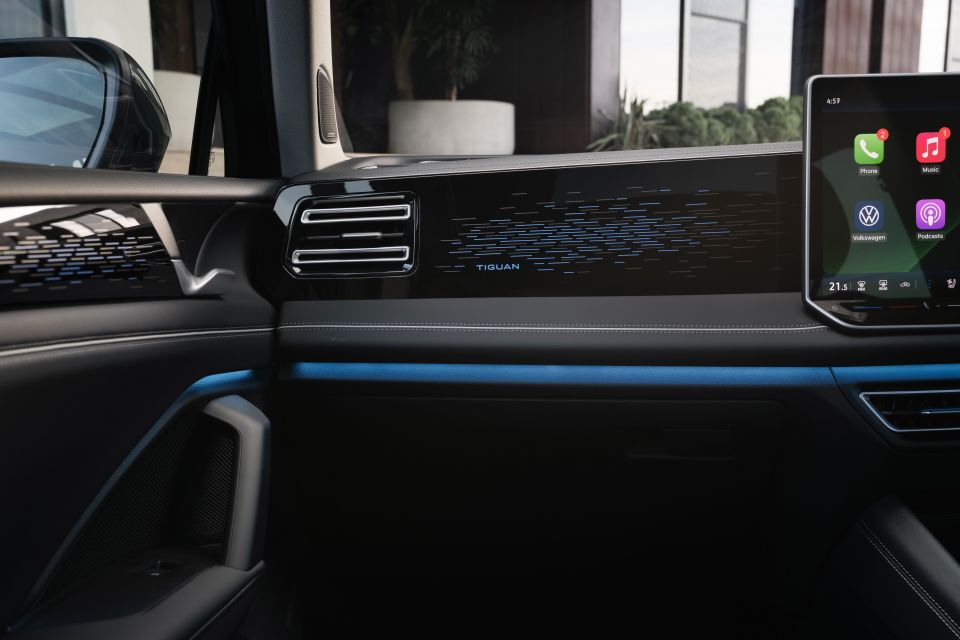

However, even the base Tiguan will push into the high-$40,000 bracket once all is said and done, which is a lot to pay for a front-wheel drive SUV – even if Volkswagen justifies this as a premium car for the masses.
To that point, there’s no arguing the Tiguan is a solid car. If you want a great Volkswagen SUV as your daily driver, it’s hard to look past the 150TSI Elegance – or if that’s too expensive, the 150TSI R-Line offers sharper looks for about $5000 less.
There’s undoubtedly a lot of fun to be had with the 195TSI R-Line, which is as close as we’ll get to a Tiguan R for the time being. If that’s too much, you can rest assured knowing you get the same adaptive suspension in the 150TSI, which you can then put sticky tyres on yourself.
It won’t become Australia’s top-selling mid-size SUV any time soon, but the new Tiguan seems capable of at least putting pressure on some other legacy nameplates, and should be near the top of your list if you’re in the market for an attainable upmarket mid-size SUV.

Interested in buying a Volkswagen Tiguan? Get in touch with one of CarExpert’s trusted dealers here
Click the images for the full gallery
Where expert car reviews meet expert car buying – CarExpert gives you trusted advice, personalised service and real savings on your next new car.
Max Davies is a CarExpert journalist with a background in regional media, with a passion for Japanese brands and motorsport.


James Wong
3 Days Ago
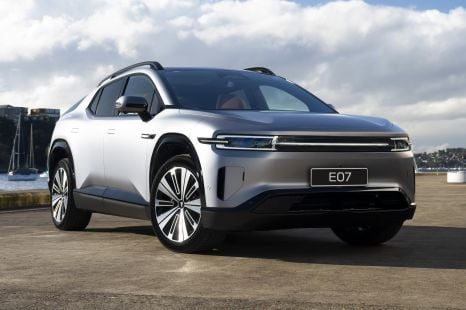

William Stopford
3 Days Ago
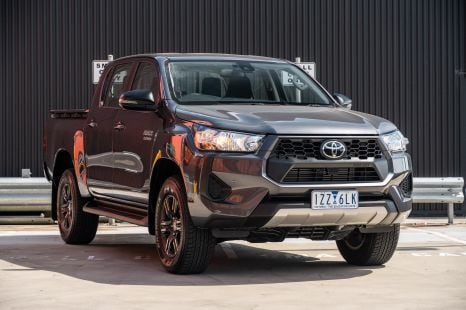

Josh Nevett
2 Days Ago


Paul Maric
1 Day Ago


Ben Zachariah
17 Hours Ago


William Stopford
17 Hours Ago